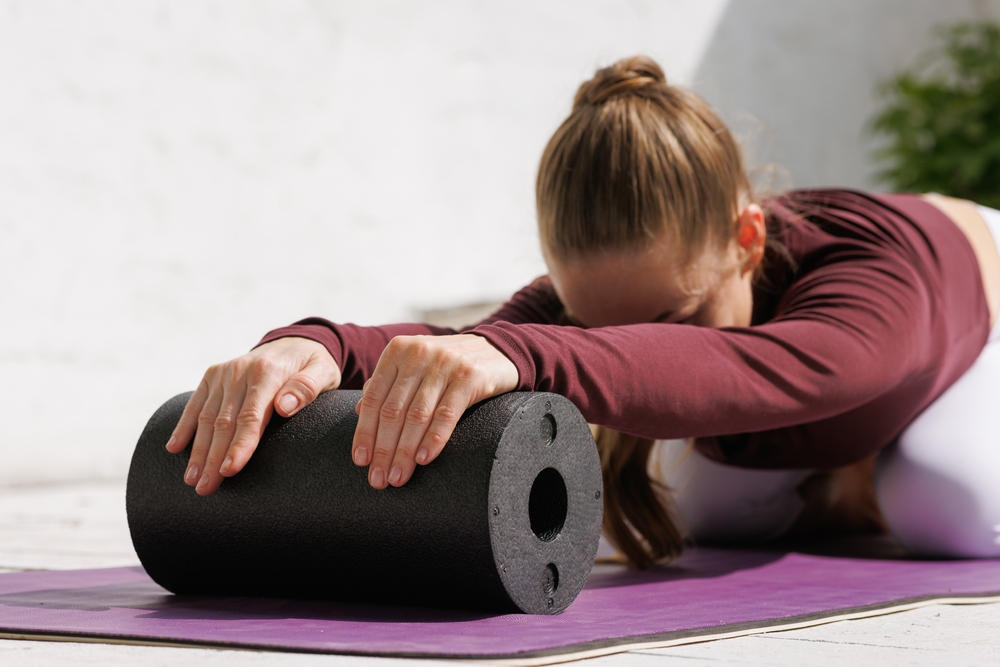The Benefits of Movement Throughout the Day
In today's fast-paced and technology-driven world, many people find themselves sitting for prolonged periods—whether at desks, in cars, or on couches. This sedentary lifestyle poses significant health risks, including cardiovascular diseases, obesity, and mental health issues. However, incorporating movement throughout the day can counteract these risks and provide numerous physical, mental, and emotional benefits. In this article, we will explore why staying active during the day is crucial and how even small changes can lead to a healthier, happier life in 2025 and beyond.

Physical Health Benefits of Regular Movement
One of the most immediate and obvious benefits of moving regularly throughout the day is the positive impact on physical health. Extended periods of inactivity can lead to muscle stiffness, poor posture, and reduced cardiovascular fitness. On the other hand, frequent movement helps to maintain muscle tone, improve circulation, and boost metabolism.
Improved Cardiovascular Health
Engaging in light to moderate activity throughout the day, such as walking, stretching, or standing, supports heart health by promoting better blood flow and reducing blood pressure. Studies consistently show that breaking up long periods of sitting with even a few minutes of movement can lower the risk of heart disease. For instance, a 2025 study published in the Journal of Preventative Medicine found that individuals who took short activity breaks every hour had a 15% lower risk of developing cardiovascular conditions compared to those who remained sedentary.
Enhanced Musculoskeletal Function
Moving regularly helps reduce muscle stiffness and joint pain by keeping the muscles and joints lubricated and flexible. This is especially vital for people who work desk jobs or engage in repetitive tasks. Incorporating simple movements such as standing up, stretching, or doing a few squats every hour can prevent chronic back and neck pain, improve posture, and reduce the risk of musculoskeletal disorders.
Increased Metabolic Rate and Weight Management
Frequent movement throughout the day also stimulates metabolism, helping the body burn calories more efficiently. This can help prevent weight gain and related conditions like type 2 diabetes and metabolic syndrome. Even light activities such as walking to a colleague’s desk, taking the stairs, or doing household chores contribute to overall calorie expenditure and metabolic health.
Mental and Cognitive Benefits of Staying Active
Beyond physical well-being, movement has a profound effect on mental health and cognitive function. The brain thrives on activity, and incorporating movement breaks can lead to improved mood, focus, and creativity.
Stress Reduction and Mood Enhancement
Physical movement triggers the release of endorphins, the body’s natural mood elevators. Regular movement breaks help reduce stress levels, anxiety, and symptoms of depression. For example, a brisk 10-minute walk during a workday can help reset the mind, reduce feelings of overwhelm, and increase energy levels. This is particularly important in 2025, where mental health challenges continue to rise globally.
Improved Cognitive Function and Productivity
Movement increases blood flow to the brain, which enhances oxygen delivery and nutrient supply. This boost can improve concentration, memory, and problem-solving skills. Research published in 2025 highlights that employees who incorporated movement breaks every hour reported a 20% increase in productivity and a 30% improvement in focus compared to those who remained seated for long stretches.
Enhanced Creativity and Problem-Solving
Physical activity stimulates the production of brain-derived neurotrophic factor (BDNF), a protein that supports the growth and survival of neurons. Higher BDNF levels are associated with improved learning, creativity, and problem-solving abilities. Taking a walk outdoors or doing light stretching can stimulate innovative thinking and help overcome mental blocks.
Practical Ways to Incorporate Movement Into Daily Life
Understanding the benefits of movement is essential, but the next step is implementing it effectively. Here are some practical strategies to help you move more throughout your day, regardless of your schedule or environment.
Break Up Sitting Time
Set a timer to remind yourself to stand up and move every 30 to 60 minutes. Use these breaks to stretch, walk around, or perform simple exercises like leg lifts or shoulder rolls. Even standing while talking on the phone or during meetings can add valuable movement.
Use Active Commuting Options
If possible, walk or bike to work, or park further away from your destination to increase your daily step count. For those using public transport, consider getting off a stop earlier and walking the rest of the way.
Incorporate Movement Into Work Routine
Use a standing desk or alternate between sitting and standing throughout the day. Consider walking meetings or short group stretches with colleagues. These practices not only improve health but also foster social connection and team morale.
Leverage Technology to Stay Active
In 2025, wearable technology and smartphone apps can play a significant role in encouraging movement. Devices that track steps, remind you to move, or guide you through quick exercises make it easier to stay accountable and motivated.
Engage in Leisure Activities That Promote Movement
Find hobbies that keep you moving, such as gardening, dancing, or playing a sport. These activities contribute to physical and mental health while providing enjoyment and relaxation.
Conclusion
The benefits of movement throughout the day extend far beyond basic fitness. By integrating regular activity into daily routines, individuals can significantly improve their cardiovascular health, musculoskeletal function, metabolism, mental well-being, and cognitive performance. In 2025, as workplaces and lifestyles continue to evolve, prioritizing movement is more critical than ever to combat the risks of sedentary behavior.
Simple changes, like standing up every hour, taking short walks, or using technology to remind you to move, can lead to lasting health improvements. Embracing a lifestyle that incorporates consistent movement offers a powerful tool for enhancing quality of life and longevity. Start today, and your body and mind will thank you tomorrow.
Disclaimer: All content, including text, graphics, images and information, contained on or available through this web site is for general information purposes only. The information and materials contained in these pages and the terms, conditions and descriptions that appear, are subject to change without notice.




